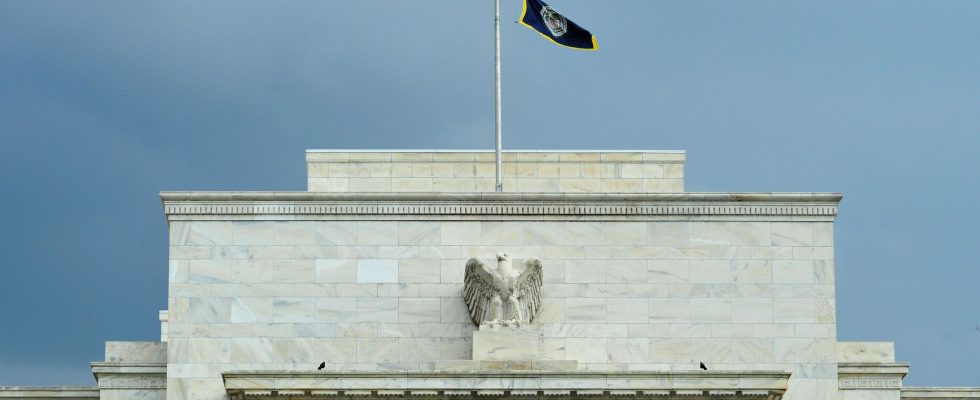At first glance, the fire was extinguished by the American authorities, but beware of the embers. While three regional banking establishments have gone bankrupt this year, the publication of the accounts of First Republic Bank has revived fears of a systemic crisis. The explanations of Christian Parisot, economic adviser for Aurel BGC.
L’Express: The First Republic share fell nearly 50% in the wake of its financial publication. Why ?
Christian Parisot : It was above all the information given on the amount of deposits that worried the market. They fell by nearly $72 billion, or 41%, in the first quarter of 2023, melting to $104 billion at the end of March. This figure seems all the more boring since 30 billion dollars were provided in reinforcements by the big American banks, such as Bank of America and Citi, last month, with the aim of restoring confidence in First Republic Bank and avoiding a contagion effect. Proof of the distrust of customers, the boss of the bank indicated that the funds still present in his coffers were only those secured – in the United States, they are guaranteed up to 250,000 dollars.
Are other US establishments at risk?
There are already three bankruptcies in the United States: SVB, Signature and Silvergate. These banks benefited from a federal government guarantee for deposits exceeding $250,000, to put out the fire and prevent it from spreading. The other regional banks that have published their quarterly accounts have all suffered outflows of deposits and come out weakened. It should be noted that the average return on deposits in the United States is 0.4% when refinancing with the American central bank (Fed), to obtain liquidity, costs them 5%… It’s better than doing bankrupt but worrisome for the future, and this increases the profitability gap with the big American banks.
What risks does this situation entail for the American economy?
According to Fed statistics, outstanding credit distributed by regional banks represents 38% of the country’s total loans and 68% of commercial real estate loans. [NDLR : qui recouvrent à la fois les commerces et les bureaux]. This is a major risk factor! As much, for consumer and real estate loans granted to individuals, the big banks can recover market share. As much as they will not jostle for commercial real estate, a sector in difficulty where the vacancy rate has increased significantly, especially in offices because of teleworking. Many fear a crisis in commercial real estate.
Have the quarterly publications of the major banks been reassuring?
The banking crisis occurred in mid-March, so its effects are not yet visible in the published results. US banks have shown their desire to be prudent, to improve the solidity of their balance sheets. Although there are no tangible signs of a recession yet, they have all put money aside, putting provisions in their accounts. According to the Fed’s Beige Book, the report on US economic conditions, credit conditions in the technology sector have tightened significantly since the collapse of SVB.
And if this hardening is confirmed, should we be worried?
This was basically the objective of the Fed’s rate hike, in order to fight inflation. If the contraction in the granting of credit is linked to this monetary policy, the dynamic can quickly be reversed when the central bank lowers its rates. On the other hand, if it results from the difficulties of the banks, which are more fragile and more cautious, this can create a deeper and more lasting recession.
Despite everything, stock market indices remain solid…
Admittedly, the Fed reacted very quickly to contain the crisis. In addition, the situation fuels the idea that the central bank could quickly put an end to its policy of raising interest rates, or even that it could lower its rates by the end of the year, which the investors see it positively. This notably supports the valuation of companies in the technology sector. The market is also playing on the rise of artificial intelligence, insensitive to the economic situation. Alphabet and Microsoft have also communicated a lot on this subject, which however does not bring anything for the moment! Leaving the Nasdaq, it is clear that arbitrations are being made to the detriment of cyclical stocks, such as the automobile, which risks suffering from the tightening of consumer credit conditions.
